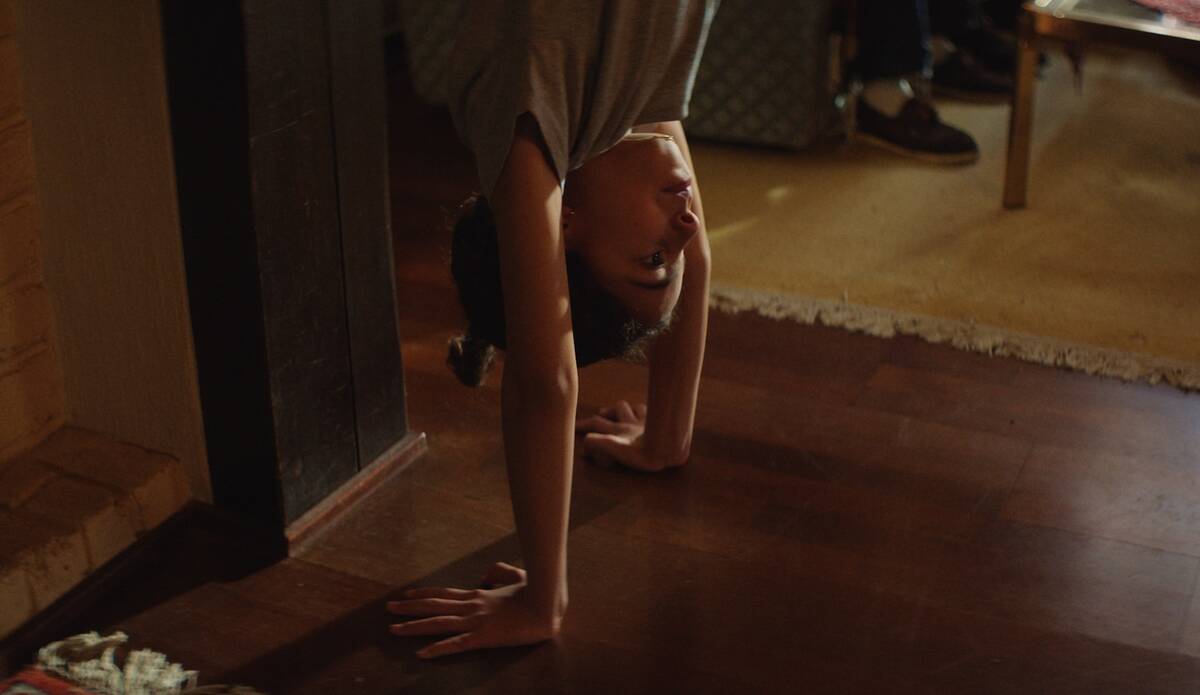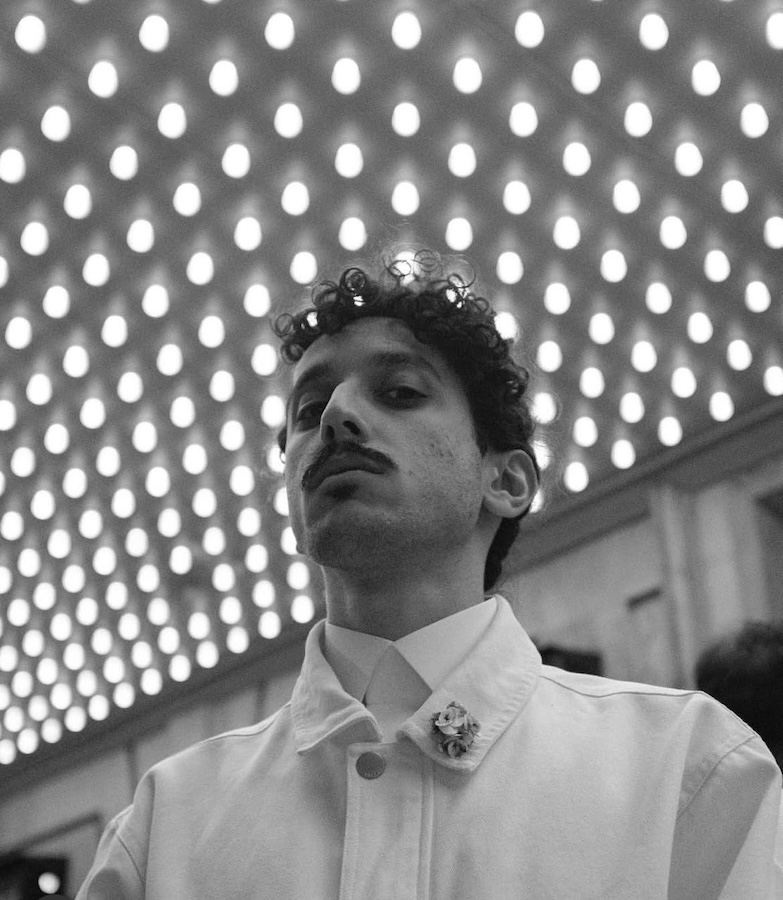DUBAI: Brazilian actress Sabrina Petraglia, known for her roles in TV and cinema, has found a new home and purpose in the Middle East.
Since moving to Dubai in January 2023 with her husband and three children, Petraglia has embraced the region’s culture and is making inroads in her attempt to forge cross cultural understanding.
“I never imagined loving the Middle East this much. Whatever I had imagined about the Middle East was totally wrong. The life here is incredible, safe, so beautiful. I like the mentality here. I feel that here your dreams are possible if you work hard,” she told Arab News.

Petraglia is keen to foster collaboration between Brazilian and Arab artists. (Supplied)
Petraglia premiered her latest project, “Ocean of Mothers,” in Dubai in January, in a move that she says was the first time a Brazilian production hit the silver screen in the UAE.
The film follows three friends — Thais, Erika and Zilda — who connect through motherhood in Santos, Brazil. Despite their busy lives, their friendship becomes a source of strength and support. The film touches on themes like losing one’s identity as a mother, feeling overwhelmed, mental health struggles, and the importance of having a support network.
“We started by booking a room for 60 people,” she said, then the number of guests kept increasing until it reached around 400 guests. “When I saw the cinema full of people and a lot of women from different nationalities, I cried. I could not believe it,” she said.
“I saw a lot of support from women here, because the film is about women. It was so precious for me,” she added.
Petraglia is keen to foster collaboration between Brazilian and Arab artists.
“This is one big dream of mine to work with Saudi filmmakers and show Brazilian culture here and sharing Middle Eastern stories with Brazilians also,” she explained.
“Here, I can see big opportunities, and I’d like to show not just to Brazilians, but to the world, what it’s like here. The cinema is the best way to do this,” she said.

Petraglia said she is working on new projects that challenge stereotypes about motherhood and female empowerment. (Supplied)
Inspired by her interactions with women in the UAE, Petraglia said she is working on new projects that challenge stereotypes about motherhood and female empowerment.
“For now, it is all only on paper, but I am looking for good partners in Brazil. I am speaking to big channels in Brazil,” she said.
























